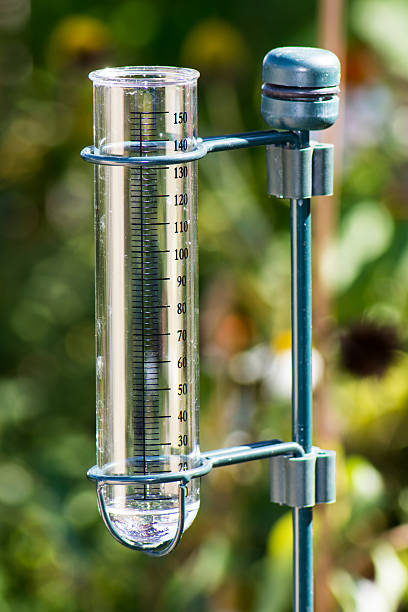The Rain Gauge: Analyzing Rainfall Patterns and Enhancing Climate Understanding
The Rain Gauge: Analyzing Rainfall Patterns and Enhancing Climate Understanding
Blog Article
DIY Rainfall Gauge: Simple Steps to Make Your Own
Producing your own DIY rain scale is a simple and reliable means to videotape and gauge precipitation. With simply a few common products and some fundamental actions, you can easily create your very own rainfall scale at home. Allow's get started on making your Do it yourself rainfall gauge today!
Gather Products
To begin building your DIY rainfall scale, gather all the required materials using a comprehensive checklist of products. Having the ideal products on hand will make certain the successful development of your rainfall gauge and allow for precise measurements of rainfall. Collecting these products in advance will certainly enhance the construction procedure and guarantee that you have whatever you require to develop your own Do it yourself rainfall scale.
Prepare the Container

Mark the Dimension Increments
To precisely determine the amount of rains, accurately marking the dimension increments on your do it yourself rainfall gauge is essential. Without precise and clear markings, it would be hard to figure out the exact amount of rains gathered in your rain gauge. Below are the actions to note the measurement increments on your rain gauge.
The most typical systems for determining rainfall are millimeters and inches. As soon as you have picked the unit, make use of a long-term marker or water resistant paint to mark the increments on the side of your rain gauge.
When marking the increments, it is very important to guarantee that they are equally spaced and clearly visible. Use a leader or gauging tape to make sure accuracy and uniformity. In addition, make certain that the markings are immune to fading or massaging off, as exposure to the aspects may create them to weaken with time.
Place the Rainfall Scale Outdoors
The rain gauge ought to be put outdoors to accurately accumulate rainfall data. The area picked for the rain scale should be cost-free and open from any type of obstructions that might possibly influence the measurement of rainfall. The Rain Gauge.
Furthermore, it is vital to place the rainfall scale on a secure surface, such as a degree ground or a tough article. This will certainly protect against any kind of movement or tilting of the gauge, which might result in imprecise dimensions. It is additionally advisable to prevent putting the gauge near any kind of sources of man-made water, such as lawn sprinklers or drain systems, as this go to this website might hinder the accuracy of the measurements.
Display and Document Rain Data
Normal monitoring and recording of rainfall data is crucial for precise data evaluation and analysis. By maintaining track of rains dimensions, you can obtain important insights into weather condition patterns, climate fads, and water source monitoring. To properly keep track of and record rains information, it is essential to establish a regular and keep consistent techniques.
To start with, ensure that your rain gauge is placed in an open area far from barriers such as trees or structures that may block rains. Additionally, make certain the rain gauge is level and securely anchored to stop any type of motion that might affect the accuracy of the measurements.

When videotaping the rainfall data, it is crucial to note the date and time of each measurement. Make use of a leader or a determining stick to figure out the rainfall depth in the rain gauge, and record this information precisely.
To ensure the accuracy of the dimensions, it is recommended to empty the rain gauge after each recording. This will protect against any overflow or dissipation from impacting succeeding measurements.
Final Thought
Finally, pop over to these guys producing a DIY rain scale is a simple and functional means to keep track of and videotape rainfall data (The Rain Gauge). By following the steps described in this post, you can conveniently gather products, prepare the container, mark the measurement increments, and put the rain gauge outdoors. Frequently keeping track of and tape-recording rains information can provide useful info for different objectives
Having the right materials on hand will certainly ensure the effective development of your rain gauge and allow for exact measurements of rainfall.To accurately gauge the amount of rains, precisely Read Full Article marking the dimension increments on your Do it yourself rain gauge is crucial.The rain gauge must be placed outdoors to precisely collect rains data. The area picked for the rain gauge need to be open and complimentary from any blockages that could possibly impact the measurement of rains.In final thought, creating a DIY rainfall scale is a straightforward and sensible method to check and tape rainfall information.
Report this page